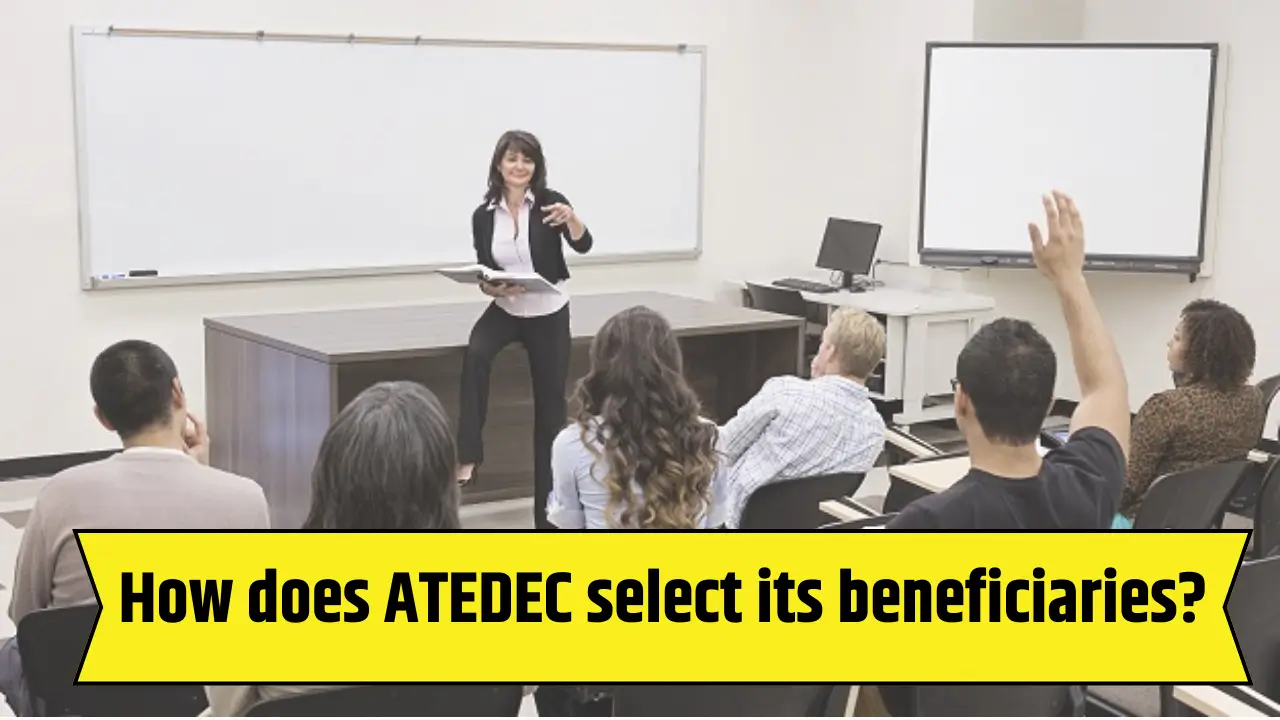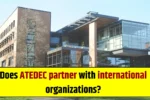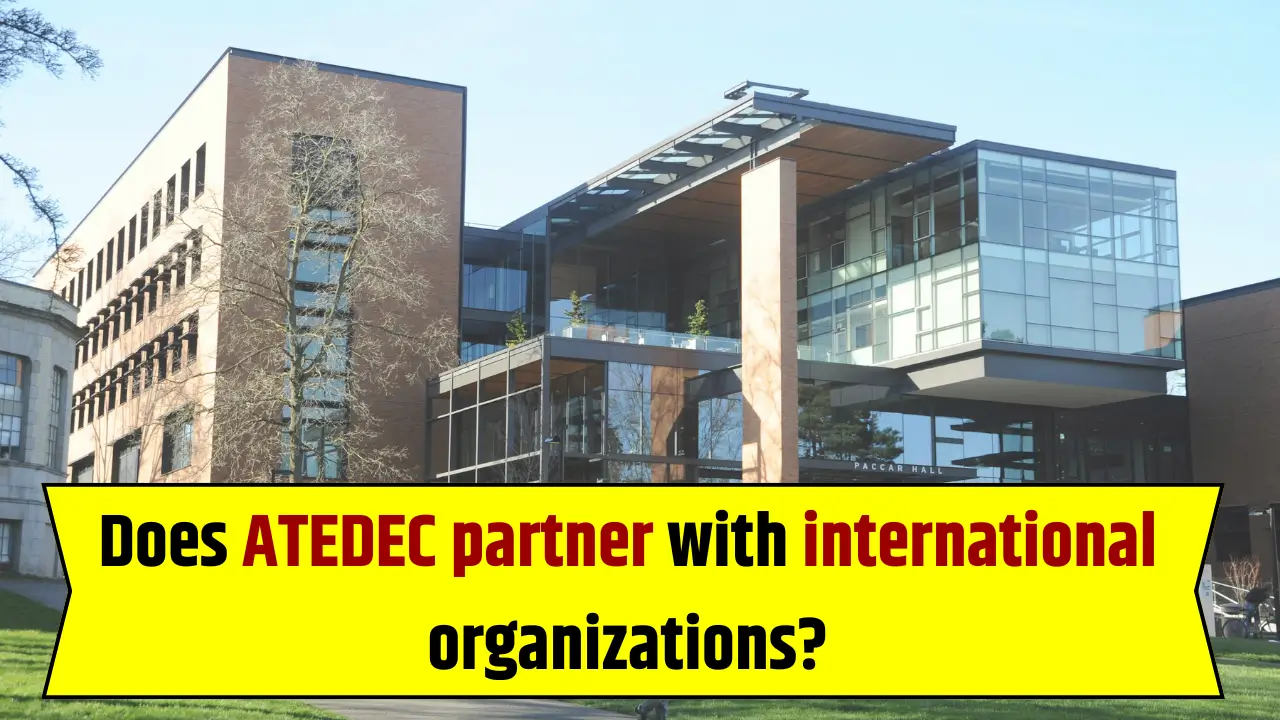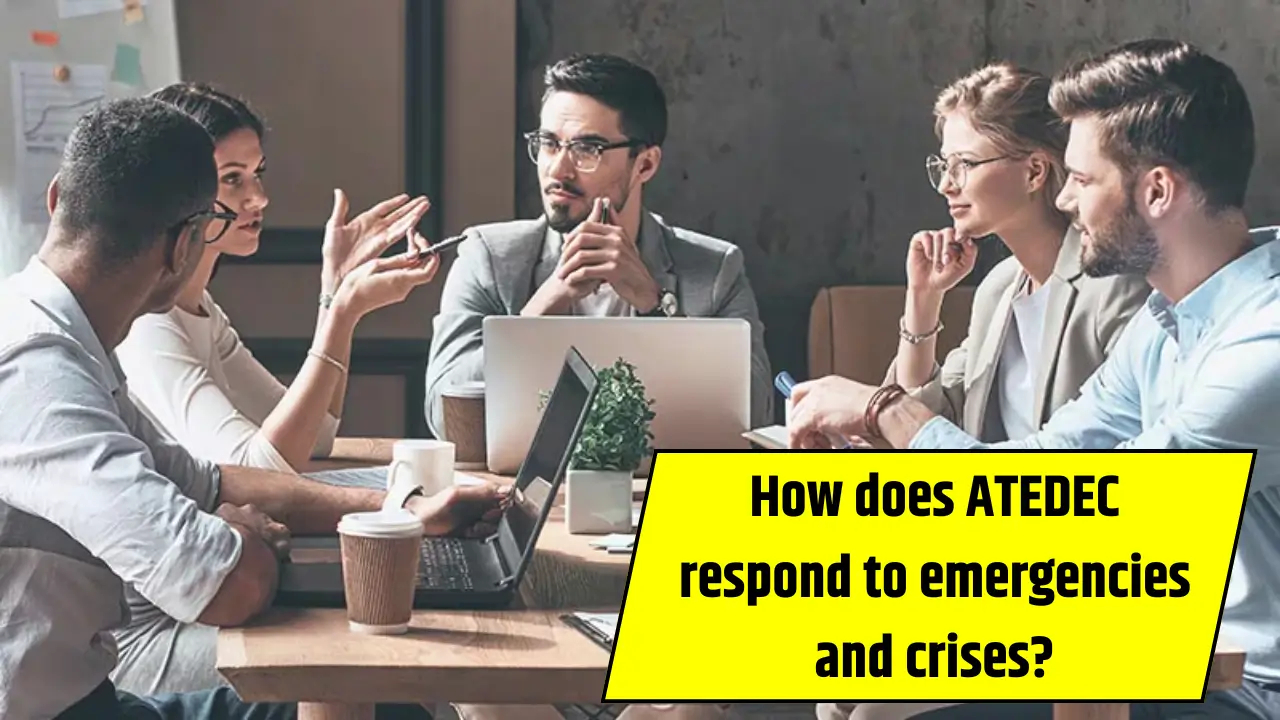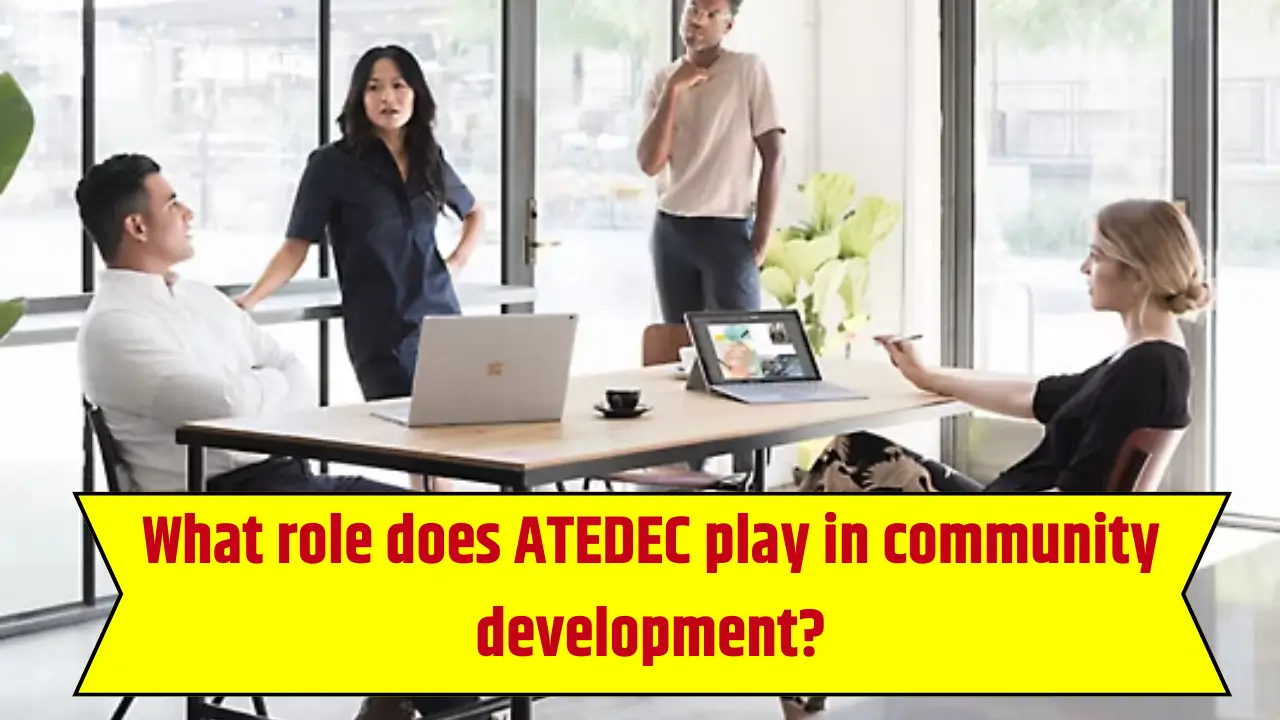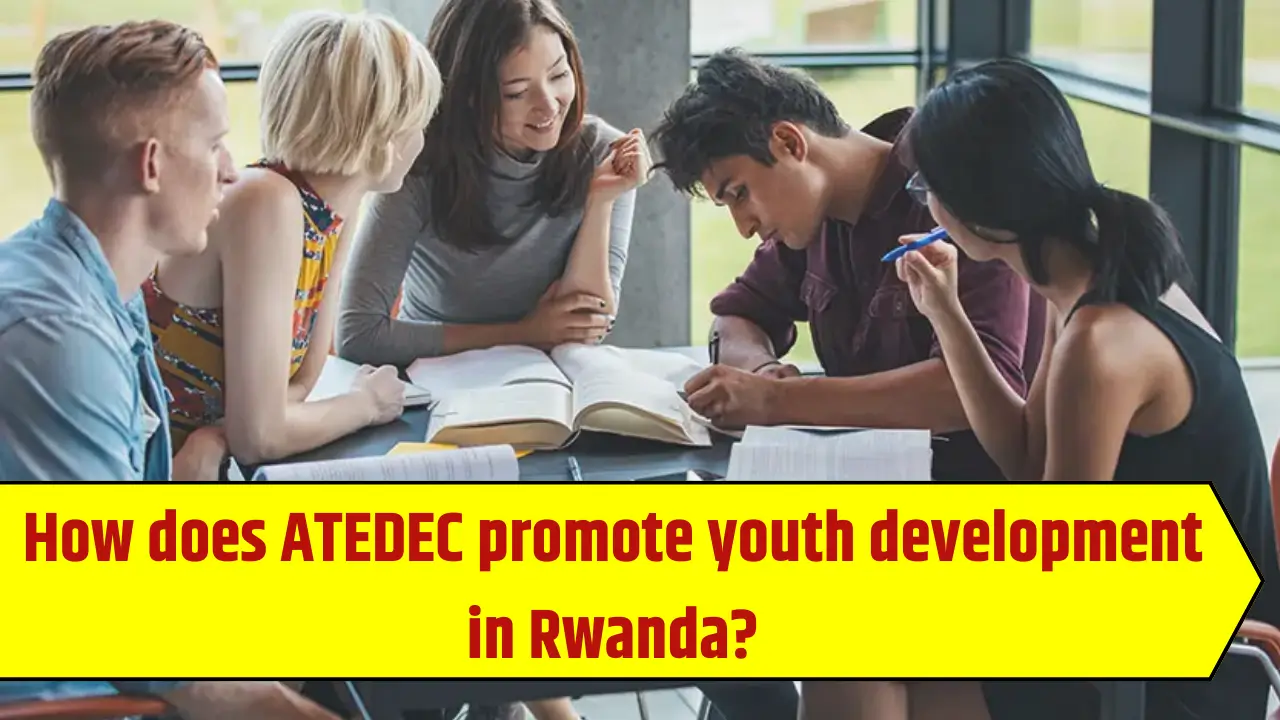ATEDEC (Action Technique pour un Developpement Communautaire) is a leading Rwandan NGO recognized for its commitment to humanitarian relief, social justice, and inclusive development.
The organization’s impact arises not just from its diverse program portfolio but from an ethical, transparent, and community-driven process for beneficiary selection. This ensures that assistance reaches the most vulnerable individuals and communities while promoting long-term sustainability, dignity, and equity.
This article analyzes ATEDEC’s beneficiary selection methodology, operational principles, inclusion criteria, participatory strategies, challenges, and the latest refinements as of 2025.
Principles Underpinning Beneficiary Selection
Core Values
- Neutrality: Beneficiaries are chosen regardless of ethnic, political, or religious background.
- Inclusivity: Every program is accessible to marginalized and disadvantaged groups—displaced families, widows, orphans, youth, and disabled individuals.
- Transparency: All selection processes are documented, audited, and open to community scrutiny.
- Community Participation: Beneficiary identification leverages local knowledge—engaging village councils, sector leaders, and volunteers.
Selection Process Overview and Key Stages
1. Needs Assessment and Community Mapping
- Field officers and program managers conduct participatory community assessments to identify areas with the highest vulnerability (using tools like household surveys, focus groups, and local consultation).
- Baseline data on socio-economic status, health, education, displacement history, and resource access informs initial targeting.
2. Criteria Development and Eligibility Screening
| Inclusion Criteria | Examples |
| Economic Vulnerability | Low/no income, lack of stable employment |
| Social Marginalization | Orphans, widows, survivors of conflict/GBV |
| Health Risks | Disabled persons, chronically ill, HIV/AIDS |
| Displacement | Returnees, IDPs, refugee families |
| Education Deficit | Children/youth out of school, illiterate adults |
| Gender and Age Focus | Prioritization of women (esp. heads of household) and youth |
- Criteria reflect national and global frameworks, e.g. Rwanda’s poverty reduction strategy and SDG mandates.
3. Community Engagement and Feedback
- Formation of selection committees with community leaders, local council members, and beneficiary representatives.
- Open meetings and consultative forums allow community voices in identifying priority cases, reducing bias and exclusion.
- Channels for grievance redress ensure anyone can appeal or contest a selection decision.
4. Verification and Final Selection
- Detailed household visits verify eligibility and document living conditions.
- Program managers cross-check lists, balancing needs with available resources (using multi-criteria analysis when prioritization is needed).
- Selected beneficiaries are informed transparently and supported through orientation sessions about available services, expectations, and responsibilities.
In Practice: ATEDEC’s Inclusion Approach Across Program Areas
| Program Area | Selection Method | Special Inclusion Focus |
| Humanitarian & Resettlement | Rapid field assessments, partnership with local authorities | Displaced families, war survivors |
| Education | School attendance records, teacher input, vulnerability scoring | Orphans, girls, disabled youth |
| Health & WASH | Health surveys, local health worker reports | HIV+ individuals, disabled, maternal health cases |
| Women’s Empowerment | Cooperative formation via community forums | Widows, single mothers, GBV survivors |
| Livelihood & Agriculture | Landless/smallholder mapping, poverty scoring | Female-headed households, rural poor |
| Youth Development | School dropouts, unemployment census | Unskilled urban and rural youth |
Accountability and Governance in Selection
| Level | Role in Beneficiary Selection |
| Board of Directors | Oversight, policy compliance |
| Executive Director | Strategic supervision |
| Program Managers | Operational control, grievances |
| Field Officers | Identification, verification |
| Volunteers | Support, feedback, inclusion |
| Community Leaders | Engagement, transparency |
Participatory governance ensures that selections are fair, context-sensitive, and responsive to changing community needs.
Challenges and Strategic Improvements
Common Issues
- Balancing limited resources against widespread need.
- Minimizing exclusion errors and preventing community conflict or jealousy.
- Managing frequent changes in families’ circumstances (e.g. new displacements or crises).
- Navigating administrative requirements while maintaining agility.
Refinements/Latest Updates (2025)
- Digital Registration: Beneficiary lists now digitized for real-time review and needs mapping, improving response during emergencies.
- Expanded Inclusion of Disabled: Strengthened outreach for physically and mentally challenged individuals, supported by local health teams.
- Continuous Monitoring: Systematic follow-up visits and program audits to reassess ongoing eligibility and measure impact.
- Youth & Gender Sensitive Approaches: New criteria to promote girls’ education and employment, especially in STEM and leadership.
- Community Advisory Panels: Regular input from panels composed of past beneficiaries, volunteers, and stakeholder organizations.
Summary Table: Beneficiary Selection Pathway
| Stage | Activity | Safeguard for Inclusion |
| Needs Assessment | Mapping, surveys, data collection | Multi-source data triangulation |
| Criteria Development | Eligibility matrix, validated scoring | SDG/Rwanda policy alignment |
| Community Engagement | Forums, committee selection | Grievance redress mechanisms |
| Verification | Home visits, document checks | Third-party spot audits |
| Finalization & Support | Notification, orientation | Ongoing monitoring, flexibility |
Alignment With Rwanda’s National and Global Goals
ATEDEC’s selection approaches reinforce:
- SDG 1: No Poverty
- SDG 4: Quality Education
- SDG 5: Gender Equality
- SDG 10: Reduced Inequalities
- Rwanda’s National Social Protection and Poverty Reduction Programs
Conclusion
ATEDEC’s success in transforming vulnerable Rwandan communities hinges on its transparent, participatory, and responsive beneficiary selection process.
By embedding community engagement, multi-criteria analysis, and digital innovation at every stage—and by prioritizing those most marginalized—ATEDEC not only delivers meaningful aid but ensures sustainable, equitable progress.
The organization’s ongoing refinements adapt to evolving needs, setting a model for ethical and effective NGO practice in Rwanda and beyond.
